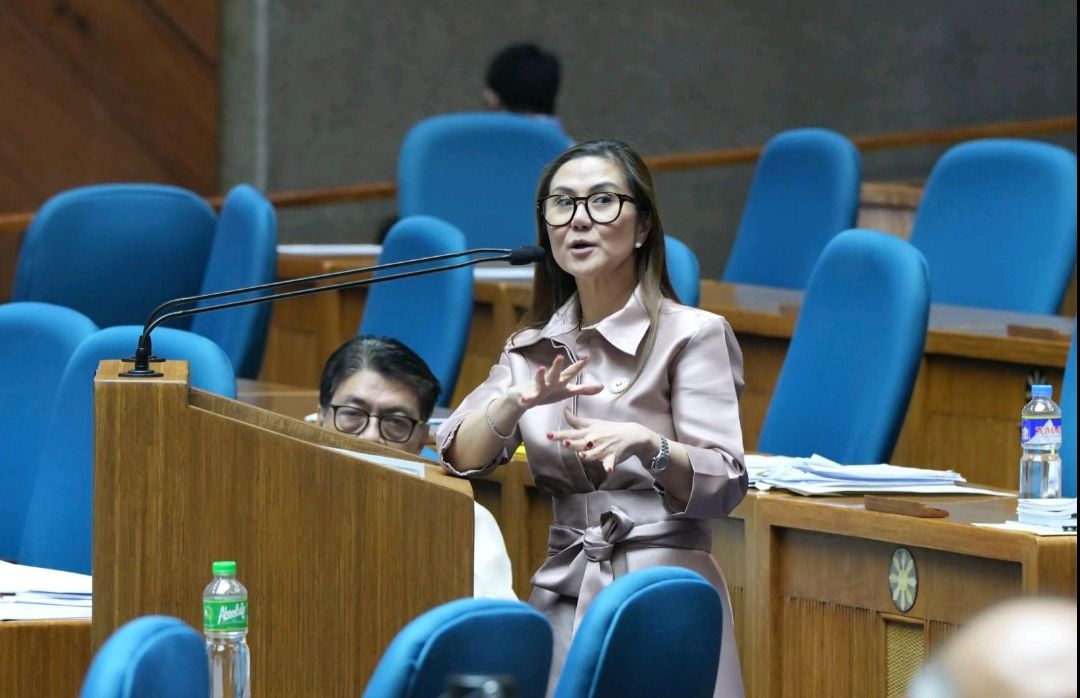Since there is nothing that can be done about the extreme heat and other climatic aberrations in the coming years, the government must come up with climate-adaptive school buildings and other public buildings to ensure that schooling of the youth and livelihood of civil servants will not be sacrificed every time abnormal climate conditions occur in the future.
This was proposed by Rep. Bernadette Herrera of the Bagong Henerasyon (BH) Partylist in a press statement a long-term solution to the country's problems during the dry and rainy seasons.
"Many school buildings have poor ventilation, which makes indoor temperatures unbearable in the classrooms. Classrooms are also workplaces—the workplaces of teachers and non-teaching personnel. The workplace and occupational health standards stated in laws and rules of the Department of Labor and Employment should be followed," she said.
Classrooms and school buildings should be regarded as special structures requiring standards that are higher than the minimum because they are used by our children. Classrooms and school buildings should have special provisions in the National Building Code and Structural Code of the Philippines.
She suggested the following measures for the Departments of Public Works and Highways and Education to adopt the following measures:
1. Redesign, build, and renovate classrooms and school buildings to comply with new ventilation standards and green architecture regulations.
2. Classrooms should have higher, insulated, and stronger ceilings, more secured roofing, and larger windows.
3. School buildings in typhoon-prone locations should have special designs to make them resistant to typhoons.
4. School buildings in flood-prone locations should have cisterns and protective barriers that divert the flow of flood waters and drain the campus of accumulated rainwater.
5. Campuses should also have dengue-proofing designs to minimize mosquito breeding, and
6. Functioning clean restrooms and handwashing stations.
She said that most capital outlays for new public school buildings should be sourced from public-private partnerships (PPP) and official development assistance of the bilateral and multilateral institutions to reduce the burden on the national budget.
There should be a loan facility for private schools to tap for affordable loans.
Education infrastructure bonds with long maturities can also spread over time the capital outlays cost, the representative added.
#WeTakeAStand #OpinYon #OpinYonNews
